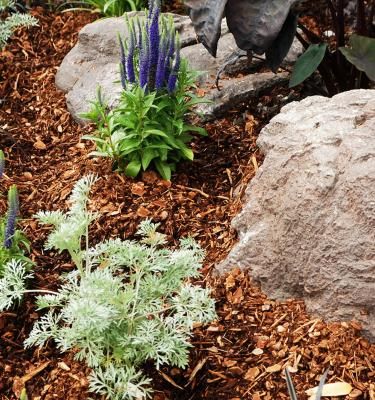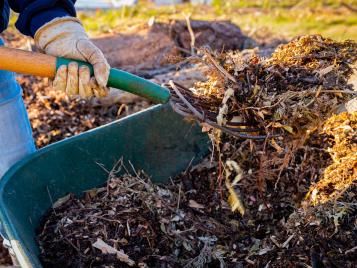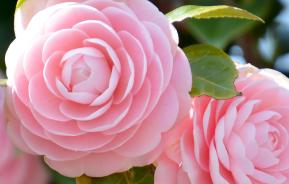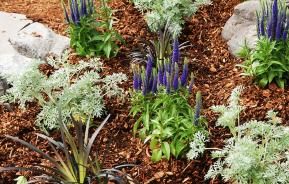What is mulching?
Mulching your garden is when you add a thick layer of organic matter (usually manure, compost or bark) on the surface, this will help to retain soil moisture, suppress weeds, add nutrients and insulate plant roots.
Mulch can be attractive too, so you might want to try decorative bark or woodchip mulch. Each will provide an attractive surface that adds a decorative and useful finish to flower beds, around the base of trees and along the edges of paths. Make sure you water the ground thoroughly before you add your layer of mulch. Remember you need to trap the moisture in the soil so there must be moisture there first!
Why do you mulch soils?
Mulching your soil is an important step for improving the structure of your soil ensuring it can hold on to more nutrients and moisture . You may think that you are only placing a blanket over your soil, but in fact, the mulches are breaking down and releasing valuable nutrients. So one simple act will improve your soil, keep weeds at bay and make your beds and borders look far better.
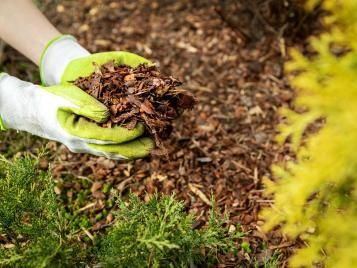
Why do soils need improving?
Clay soils: Although clay soils hold nutrients well, they are heavy, slow to warm up and tend to be too wet (sticky) in the winter and too dry (rock hard) in the summer. The key to improving these soils is to break up the mass and increase aeration and drainage by adding composted soil conditioner to achieve a crumb-like texture.
Silty soils: Silt particles are extremely fine and tend to rise to the soil surface forming a water-resistant crust when dry. Adding soil improver will help with the structure and allow water to penetrate.
Sandy soils: These are very light, easily eroded, dry and lack substance and the ability to hold water or nutrients. Soil improvers help to retain moisture and nutrients before they leach away.
Regular mulching will help improve all these soil types and give you much stronger, healthier plants - with the added benefit of reducing weed growth!
